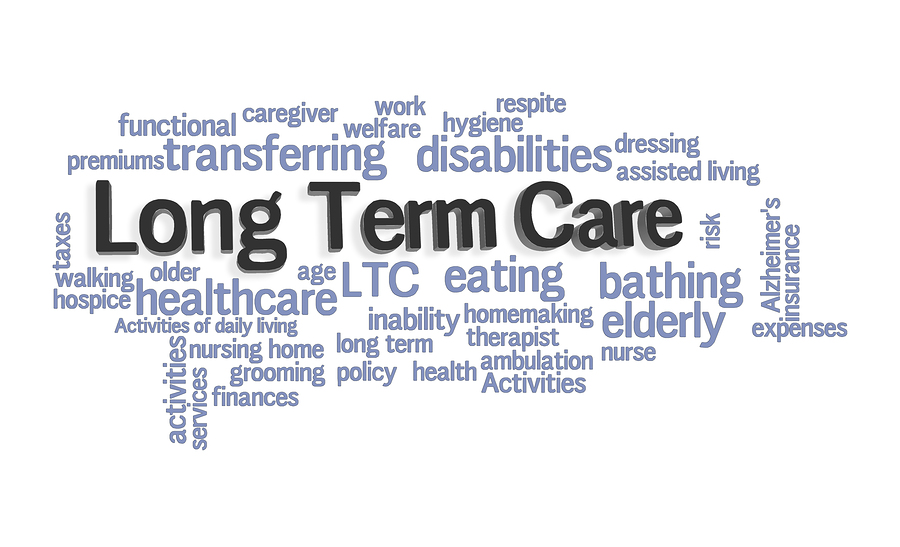As an example, if a property has a worth of $200,000 and the insurance coverage service provider needs an 80% coinsurance, the owner should have $160,000 of property insurance coverage. Owners may include a waiver of coinsurance provision in policies. A waiver of coinsurance provision relinquishes the property owner's requirement to pay coinsurance.
In some cases, however, policies might include a waiver of coinsurance in the event of a total loss. Coinsurance is the quantity an insured need to pay against a health insurance claim after their deductible is pleased. Coinsurance likewise uses to the level of residential or commercial property insurance that an owner must purchase on a structure for the coverage of claims.
Both copay and coinsurance arrangements are methods for insurance provider to spread risk amongst the people it guarantees. Nevertheless, both have advantages and disadvantages for customers.
Lots of or all of the products included here are from our partners who compensate us. This may affect which products we compose about and where and how the item appears on a page. Nevertheless, this does not influence our assessments. Our viewpoints are our own. Medical insurance is unlike any other insurance you purchase: Even after you pay premiums, there are complicated out-of-pocket costs like deductibles, copays and coinsurance.
It is necessary to understand the essentials of medical insurance so you can make the ideal financial decisions for your family before you need care. what is comprehensive insurance vs collision. That method, you can focus more on recovery when the time comes. Here's our primer on how the costs of medical insurance work. Prior to you understand how wesley bill pay everything works together, let's review some common health insurance coverage terms.
Like a gym membership, you pay the premium each month, even if you do not utilize it, otherwise lose protection. If you're fortunate adequate https://webhitlist.com/profiles/blogs/the-smart-trick-of-what-is-an-insurance-binder-that-nobody-is to have employer-provided insurance coverage, the company generally selects up part of the premium. An established rate you pay for healthcare services at the time of care.
The deductible is how much you pay prior to your medical insurance begins to cover a larger portion of your costs. In basic, if you have a $1,000 deductible, you must pay $1,000 for your own care out-of-pocket before your insurer begins covering a greater portion of expenses. The deductible resets yearly.

Things about How Much Is The Penalty For Not Having Health Insurance
For example, if you have a 20% coinsurance, you pay 20% of each medical expense, and your medical insurance will cover 80%. The most you might need to pay in one year, out of pocket, for your healthcare prior to your insurance covers 100% of the bill. Here you can see the optimums enabled by the federal government for private prepare for this year.
Some policies have low premiums and high deductibles and out-of-pocket optimum limitations, while others have high regular monthly rates and lower deductibles and out-of-pocket limits. In basic, it works like this: You pay a month-to-month premium simply to have medical insurance (what does renters insurance not cover). When you go to the physician or the hospital, you pay either complete cost for the services, or copays as laid out in your policy.
The remaining portion that you pay is called coinsurance. You'll continue to pay copays or coinsurance till you've reached the out-of-pocket optimum for your policy. At that time, your insurance company will start paying 100% of your medical costs up until the policy year ends or you switch insurance coverage strategies, whichever is initially.
If you utilize an out-of-network doctor, you could be on the sirius cancel number hook for the entire bill, depending upon which kind of policy you have. This brings us to three brand-new, associated meanings to understand: The group of doctors and service providers who agree to accept your medical insurance. Health insurance providers work out lower rates for care with the medical professionals, healthcare facilities and centers that remain in their networks.
If you get care from an out-of-network supplier, you may need to pay the entire bill yourself, or simply a portion, as indicated in your insurance policy summary. A supplier who has consented to work with your insurance plan. When you go in-network, your costs will usually be more affordable, and the expenses will count toward your deductible and out-of-pocket optimum.
Your expenses would be different based upon your policy, so you'll want to do your own calculations each year when dealing with a medical expense. Prudence is single and has an annual deductible of $1,200. Her insurance plan has some copays, which do not count towards her deductible. After she meets the deductible, her insurance provider pays 80% of her medical bills, leaving Vigilance with coinsurance of 20%.
Due to the fact that she goes to an in-network supplier, this is a complimentary preventive care check out. Nevertheless, based on her physical, her medical care physician thinks Prudence needs to see a neurologist, and the neurologist advises an MRI. Copays for an in-network specialist on her strategy are $50, which she should pay, while her insurer will cover the rest of the neurologist's charge.
The How Long Can I Stay On My Parents Insurance Diaries
Imaging scans like this are "based on deductible" under Vigilance's policy, so she needs to spend for it herself, or out-of-pocket, since she hasn't met her deductible yet. So her insurance provider will not pay anything to the MRI facility. $50 for the neurologist copay + $1,000 for the scan = $1,050. Later in the year, Vigilance falls while treking and injures her wrist.

After the copay, ER charges were $3,400. Her deductible will be applied next. Prudence paid $1,000 of her $1,200 deductible earlier in the year for her MRI, so she's accountable for $200 of the ER costs prior to her insurance company pays a larger share. After deductible and copay, the ER charges total $3,200.
$ 100 for the ER copay + $200 for remaining deductible + 20% coinsurance ($ 640) = $940. Prudence has actually now paid $1,990 towards her medical costs this year, not consisting of premiums. She has likewise met her annual deductible, so if she needs care again, she'll pay just copays and 20% of her medical costs (coinsurance) until she reaches the out-of-pocket maximum on her strategy.
Comprehending healthcare can be complicated. That's why it's practical to understand the meaning of frequently used terms such as copays, deductibles, and coinsurance. Understanding these crucial terms may help you comprehend when and how much you need to spend for your healthcare. Let's take an appearance at the meanings for these three terms to better comprehend what they suggest, how they collaborate, and how they are various.
For instance, if you hurt your back and go see your medical professional, or you require a refill of your child's asthma medication, the quantity you pay for that visit or medicine is your copay. Your copay amount is printed right on your health insurance ID card. Copays cover your portion of the expense of a physician's check out or medication.
Not all strategies use copays to share in the cost of covered expenses. Or, some strategies may use both copays and a deductible/coinsurance, depending on the type of covered service. Likewise, some services might be covered at no out-of-pocket expense to you, such as yearly examinations and particular other preventive care services. * A is the amount you pay each year for the majority of qualified medical services or medications prior to your health insurance starts to share in the cost of covered services. how to fight insurance company totaled car.